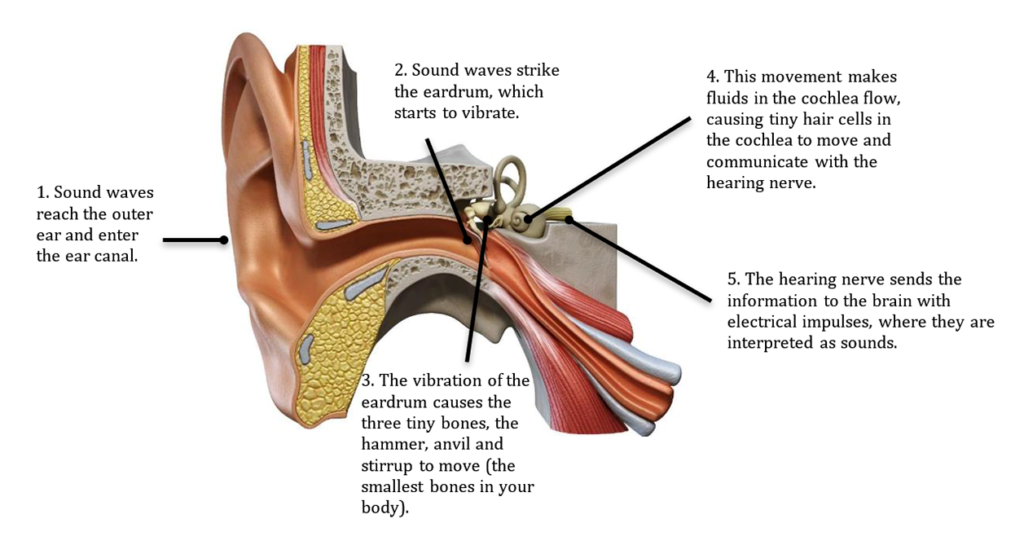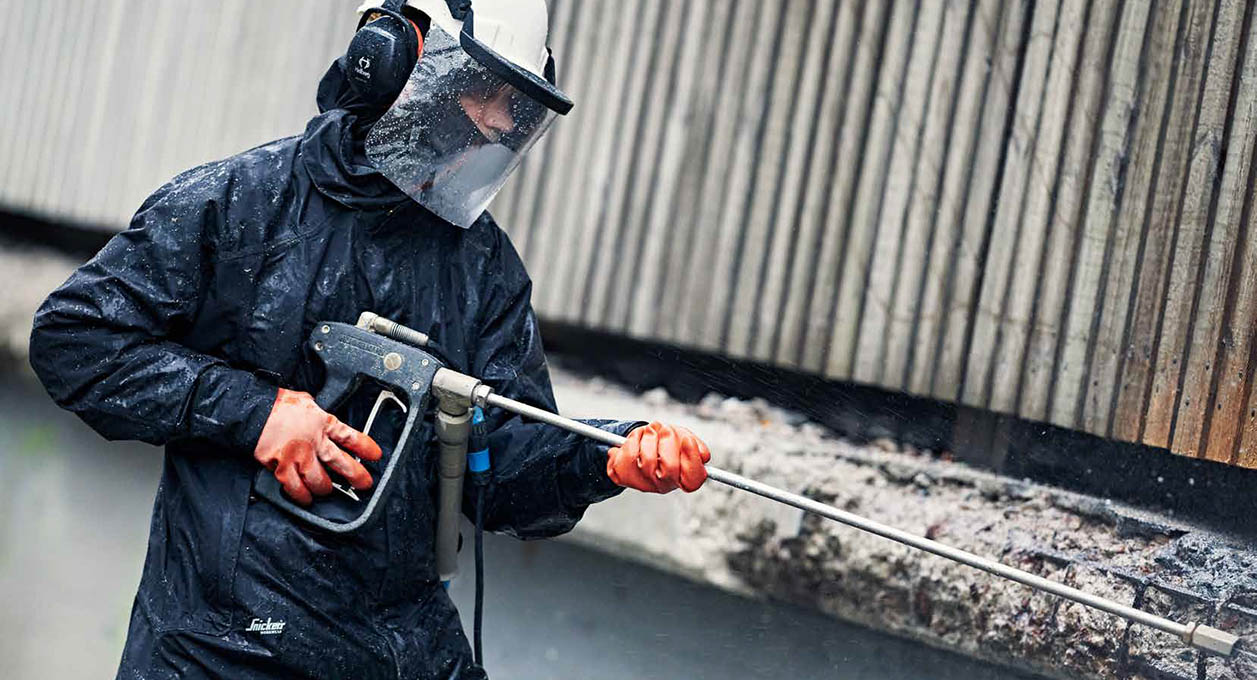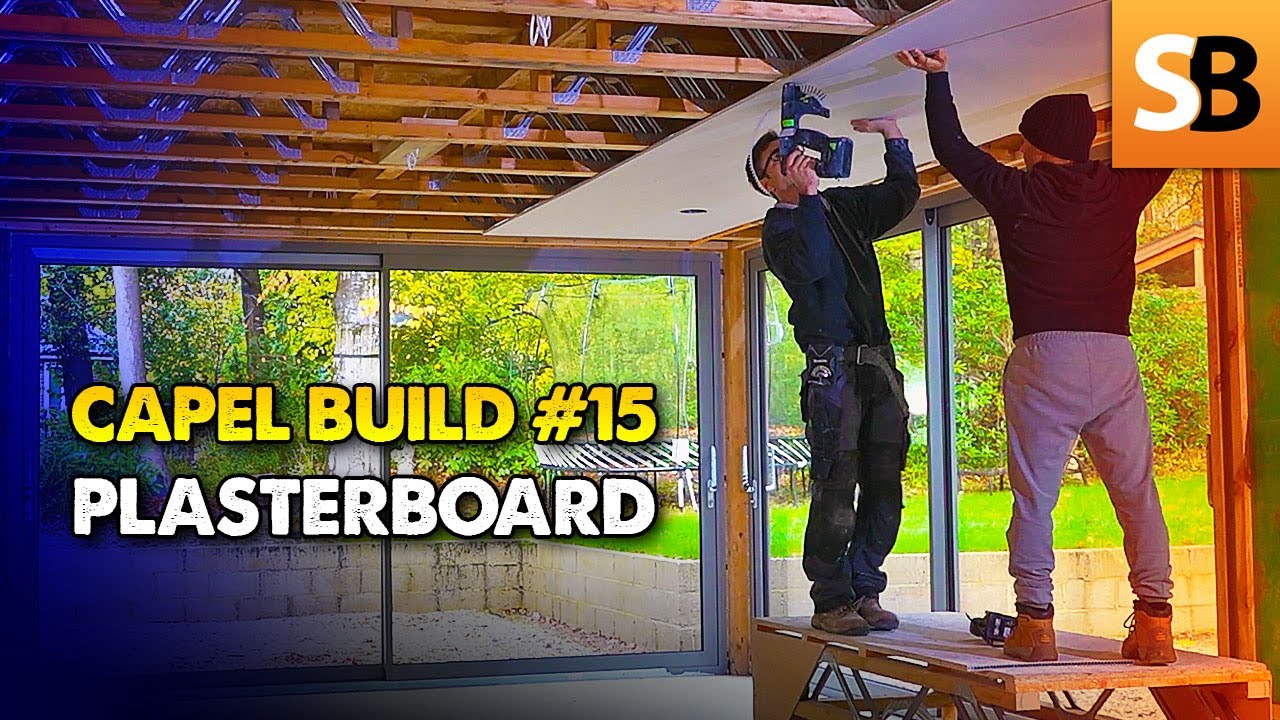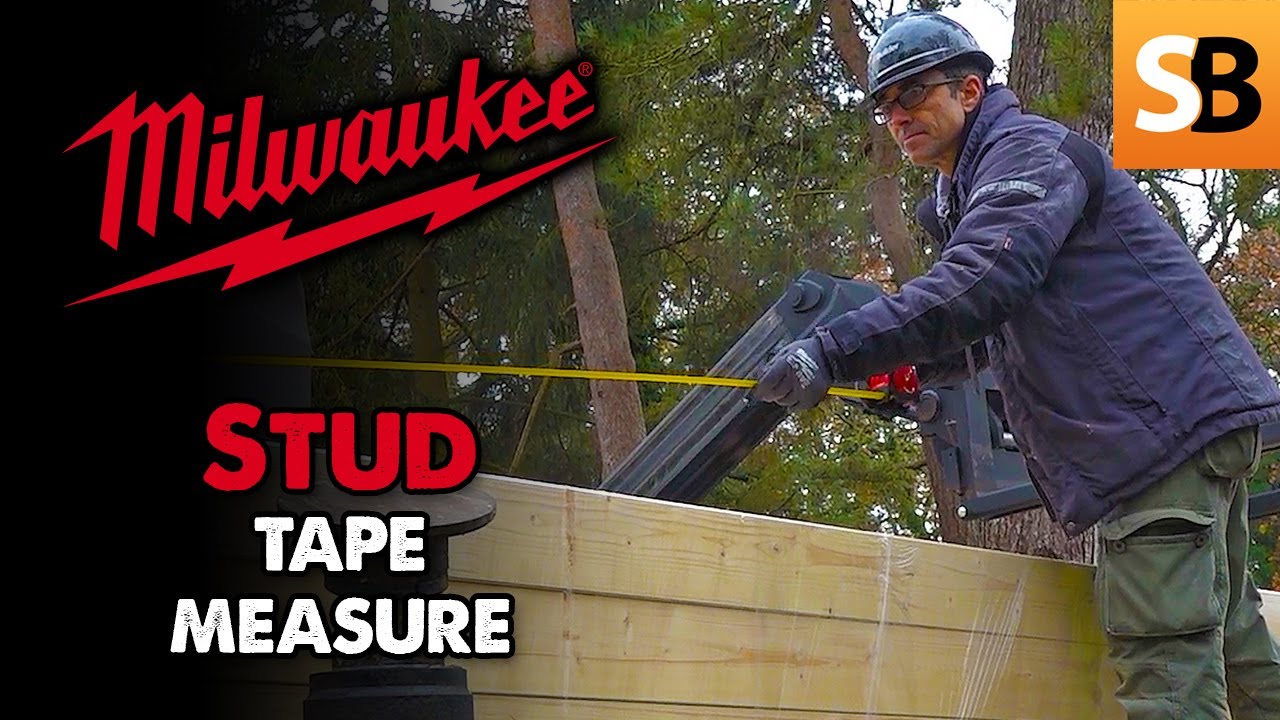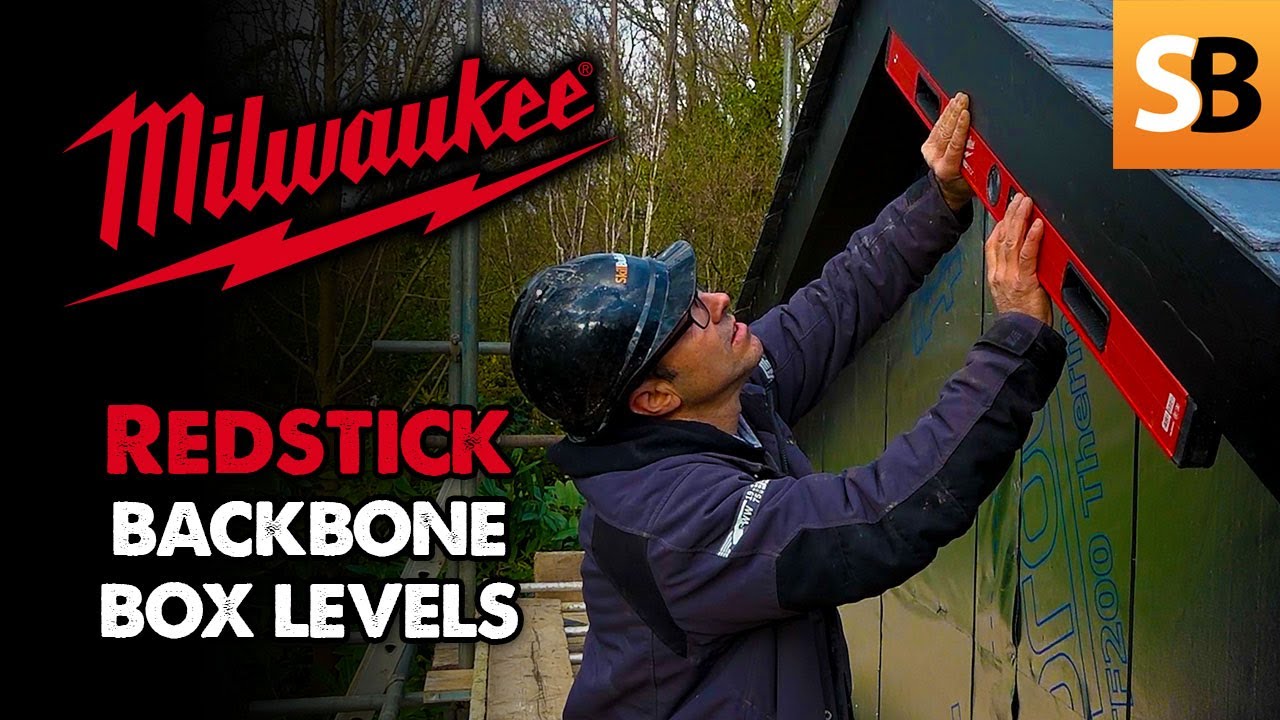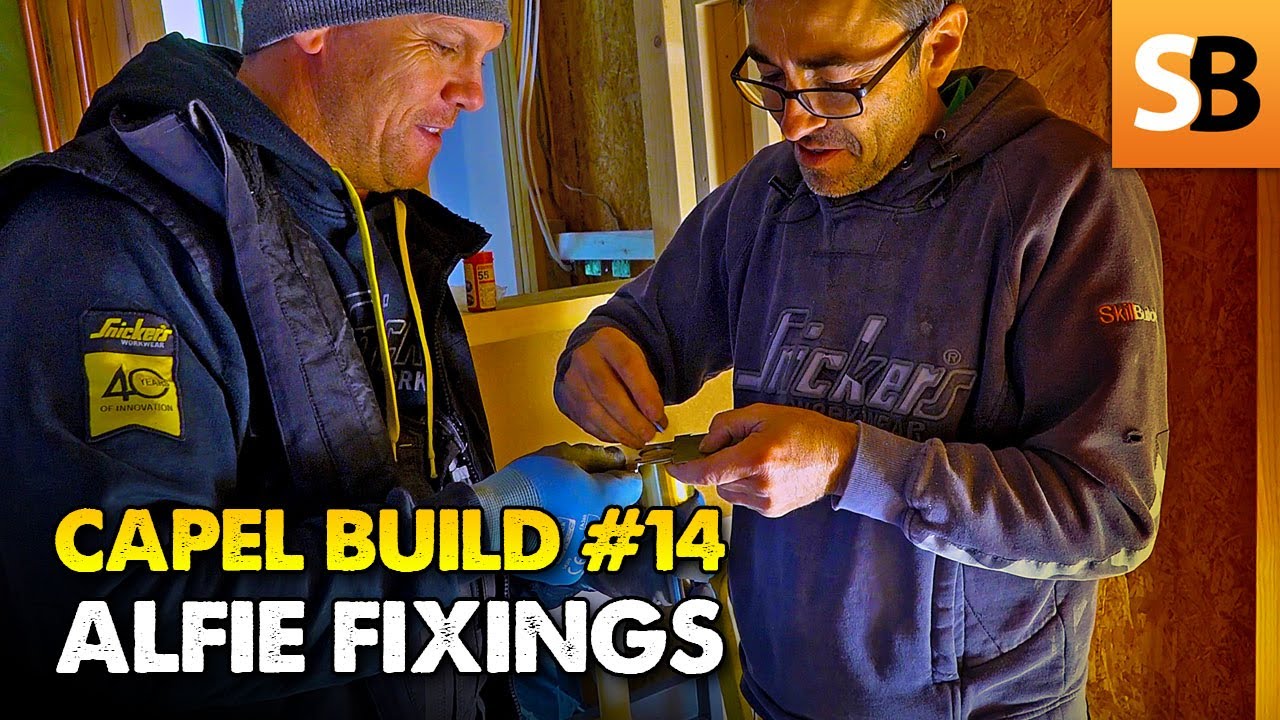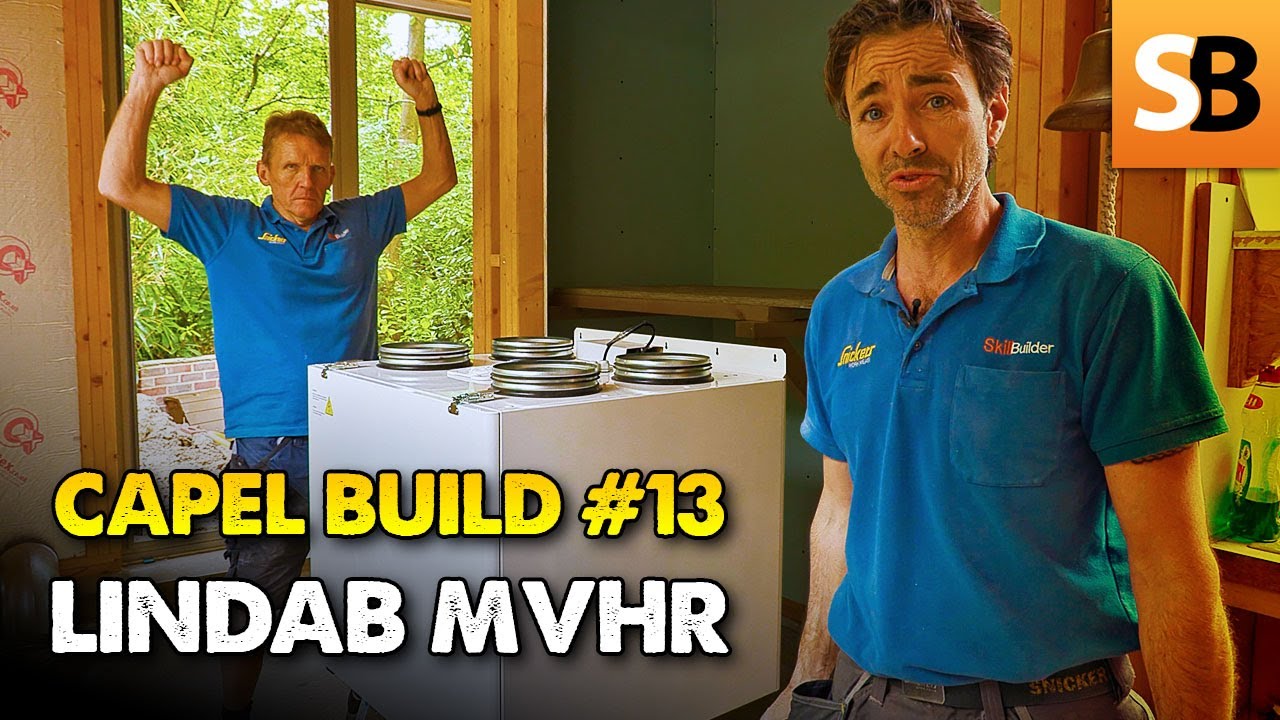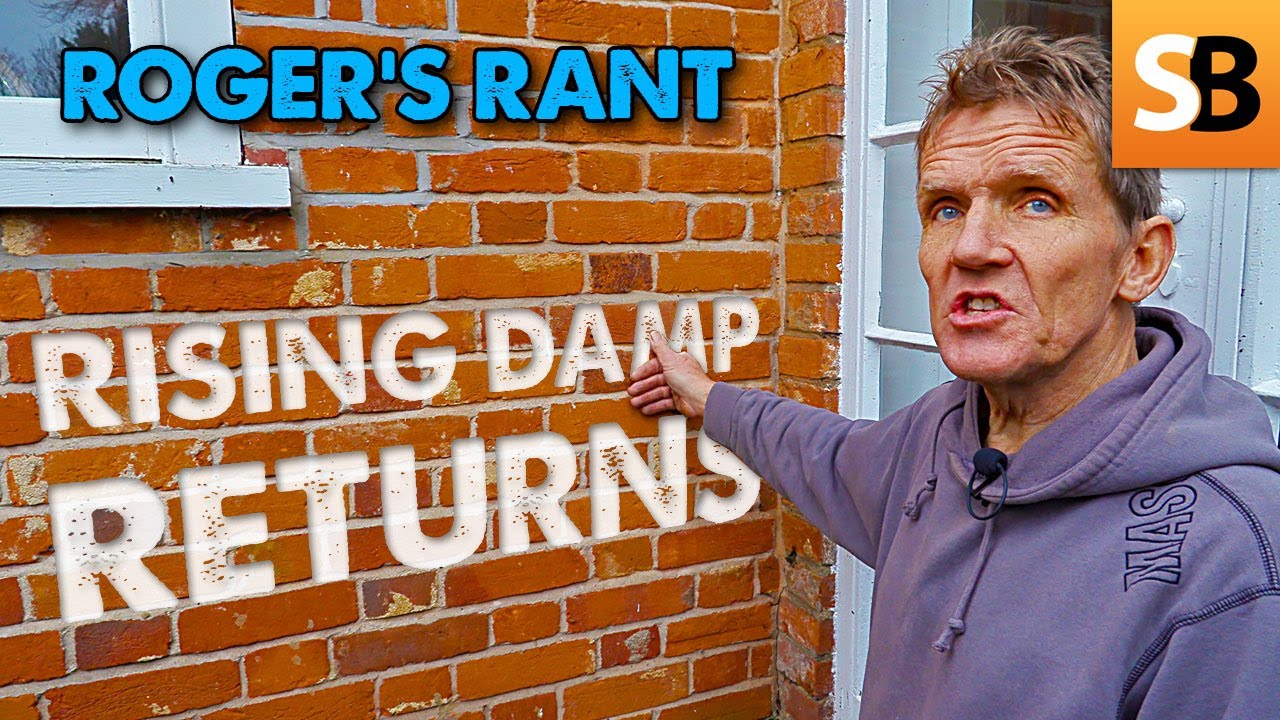Many simply do not realise the dangers when it comes to permanent damage regular noise can cause. However, with adequate protection to look after your hearing, damage can easily be avoided.
Peter Dumigan, managing director of the Hultafors Group UK, owners of Snickers Workwear, Solid Gear Safety Footwear and Hellberg Safety PPE writes:
Long term damage to your hearing can be caused by the noise from regular daily use of even the most basic hand tools – drills, angle grinders, disc cutters, circular saws, even hammers – if you don’t wear proper ear protection.
The Control of Noise at Work Regulations 2005 are designed for workers on-site, from the risks caused by noise.
Noise-induced hearing loss is the most commonly reported occupational disease with over 800 million people around the world are affected by the condition.
Over 30% of all workers are exposed to hazardous noise levels and one in four manufacturing workers who are exposed to loud noise does not use hearing protectors.
Hearing damage caused by exposure to noise at work is permanent and incurable, with research estimating that over 2 million people can be exposed to noise levels that are potentially harmful.
More often than not, hearing loss is gradual as a result of prolonged exposure to noise, but when combined with the normal loss of hearing as you age it becomes a rapidly deteriorating condition.
As an added hazard, exposure to unsafe noise levels can also result in tinnitus, a permanent sensation of background ringing or buzzing your ears. But in the most serious of cases, immediate damage to your hearing can also be caused by sudden loud noises.
Regulatory Protection
As far as the health and safety regulations are concerned, the noise threshold for providing hearing protection is now a daily exposure of 85 decibels. More importantly, the level at which employers must assess the risk to workers’ health and provide them with risk information and training, is now 80 decibels.
So, making the right, well-informed decision is as important for the self-employed as it is for employers.
As an employer, you have to provide your employees with properly maintained hearing protectors if they ask for them, and if their noise exposure is between the lower and upper exposure thresholds. You also have to make sure they use them properly and establish hearing protection zones where the use of hearing protection is compulsory.
Look after your hearing – Don’t Take it For Granted
Too often we take our health and wellbeing for granted and probably never stop to consider what fantastic sensory organs our ears actually are. As well as helping us communicate, our hearing helps to keep us safe. It is the link to our surroundings and is vital for how we communicate with others.
Aside from issues with your mobile phone, think how you’d cope in hazardous situations if you couldn’t hear an alarm bell, a car horn or someone calling to you. We rely on our hearing in so many ways, which is why we should protect it.
Unfortunately, for a significant part of the population, this ability is partially or entirely lost, because of exposure to loud noise. Hearing loss can never be restored but avoiding damage to your hearing is in most cases a matter of selecting and wearing the proper protection.
Our hearing isn’t designed for many of the sounds we are exposed to today especially the unwanted sounds – those that can potentially damage your hearing. So remember, if you need to raise your voice or scream to be heard when standing about a metre from someone on-site – then it’s more than likely that the noise around you is dangerous!
What is Noise and How Does It Relate To Working On-Site?
Sites are noisy places. Not just your mates banter and the radio in the background, but the working environment. Machine tools and plant all make noise, so does the process of using tools and applying fixings. It’s constant, almost incessant.

Working on-site all day means that noise is constantly being poured into your hearing. But what many people don’t realise is that every noise source and the length of time you’re exposed to it has an exposure level measurement, and you’ll be surprised how quickly you can reach the maximum daily safety exposure dose without proper protection.
For instance, drilling into wood at 92 decibels would only give you 10 minutes safe exposure against your full day’s allowance!
Drilling into metal creates 96 decibels of noise, a chain saw 99 decibels, a circular saw 101 decibels, drilling into concrete 108 decibels, and an angle grinder 109 decibels.
So take a look at the chart here and you’ll see that if you haven’t got proper hearing protection, you shouldn’t be on-site working and handling tools for very long at all!
Choosing The Right Hearing Protection
Luckily its relatively easy to look after your hearing. Its a simple case of always using hearing protection when exposed to harmful noise and if necessary, choose a protector adapted to your work environment, ie a product with ‘level-dependent hearing protection’.
Hellberg Safety recommends that the calculated level under the hearing protector should be around 75 decibels given that its real-life (attenuation) performance may be affected because of the incorrect fitting, misuse and poor maintenance. Performance protection can even be affected by anything that impairs the hearing protectors seal, such as long hair, facial hair and glasses!
Finally here are some useful tips. Choose hearing protection that fits correctly and is comfortable the entire time you are exposed to noise at work and even if you’re mowing the lawn or strimming.
Make sure you’ve got 100% wear time in noisy environments and remember, the use of eyewear can reduce the hearing protector’s attenuation of between 3-8 decibels, so if possible, select thin eyewear frames.
Finally, your health and wellbeing on site is just as important as getting a job done quickly, efficiently and in comfort. So choose your PPE products carefully and with that in mind check out the Hellberg Safety website www.hellbergsafety.com where you’ll find all the information you need on choosing precisely the right kind of passive or active hearing protection whatever you’re doing or wherever you’re working on site.
Look after your hearing with Hellberg
https://skill-builder.uk/hellberg-safety-hearing-protection-solutions
How Our Hearing Works – It’s Our fastest Sense!
